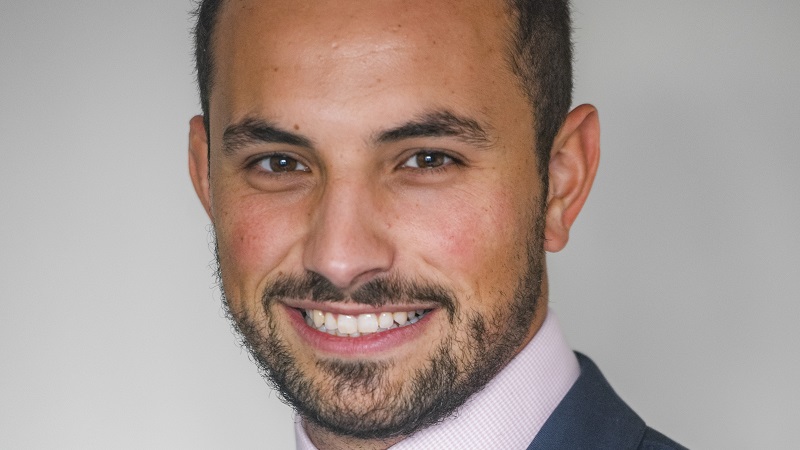Even before the Covid-19 pandemic caused markets to plummet, absolute return funds had found themselves in the metaphorical doldrums. Unloved by investors, absolute return funds cover a range of funds all with different strategies and outlooks but sharing the same aim to deliver positive returns in most market conditions.
For many investors, shunning absolute return funds has been the right call, especially since the sell-off in March. As the chart below shows, compared with other sectors – except for UK equities – it has recovered slower than its comparators, although the sector did fall less sharply than equity and credit at the height of market stress.

Within the sector itself, during the first half of 2020, 40 out of 115 funds generated a positive return, while looking back over three years, less than two thirds (61/98) delivered positive returns. If we were to have analysed the sector towards the end of March, this number would have been considerably lower. Unfortunately for absolute return funds their strategies have been hit by a combination of increased market volatility and a continuation of market trends resulting in winners being concentrated in already highly-valued fast-growing companies, a concentration of US large cap names, and long duration government bonds on the back of record monetary and fiscal easing.
That said, as any seasoned investor will know, no fund is completely ‘risk-free’ and in the absolute return sector, losses are not uncommon over short timeframes, due to the diversity of strategies employed. It is part of their make-up that they will take risk to try and add value.
At FE Investments we believe that this diversity offers investors some good opportunities, even in markets as uncertain as the ones in which we now find ourselves. We include several absolute return funds within our ‘Approved List’ of funds and these have largely held throughout the first half of 2020, including from the peak in February to the recovery in late April/early May. Two of these funds, BlackRock European Absolute Alpha and JPM Global Macro Opportunities, have performed particularly well during this period, and, looking back further, over a rolling three-year period.

As the chart above shows both of these funds have significantly outperformed the IA TAR sector benchmark and, looking more closely at the year to date, did not fall as hard and have recovered more quickly. As both of these funds employ very different strategies, they offer a good example of how different fund groups have approached the volatility in the markets and that often, there is no one ‘right’ answer to delivering positive returns.
The BlackRock fund is run by the BlackRock European Active Equity team. Their strengths lie in their knowledge of European companies and as such, focus their energies on underlying company fundamentals where they look for structural growth companies with strong balance sheets. They are not governed by managing net and gross exposure based on macro environments. Added to this, they expend a lot of time, effort and resources into their research and data functions to support their strategies.
The JPM Global Macro Opportunities fund is run on a very different basis. The team is prepared to take higher risk based on wider economic trends (and, like other absolute funds, has seen some losses over the short term); but while this doesn’t always pay off, in the current crisis a lot of their market calls have been correct and the way they have anticipated market movements has been impressive.
Overall absolute return funds have suffered from extremely volatile market swings, and an environment that has rewarded a handful of successful strategies. As with any diverse group of funds there will be some funds which perform better than others, and due to their low correlations with other asset classes, we believe that they can play an important part of a diversified portfolio.
Louis Tambe is a fund analyst at FE Fundinfo







